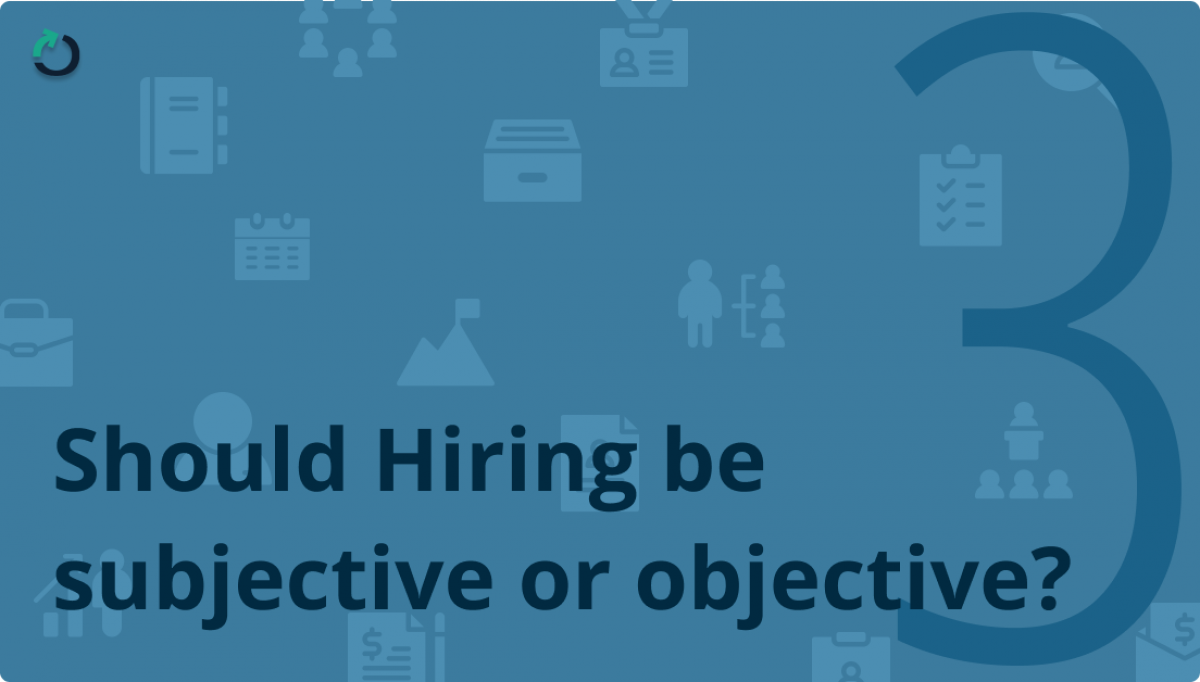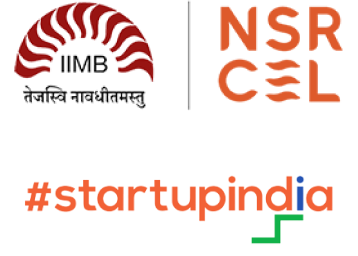iring is a complex and potentially expensive process, and it has to be done right every single time. Mistakes are very very costly. So the amount of research on the decision-making process behind hiring is ample. But most of them are either vague or contradict each other. No set method to hire has been ever found out – no magic formulae exist. This is mainly because of “People”; hiring involves investment in people and unlike other types of investments, where you have objective means to at least remotely assess the returns, hiring doesn’t work that way. You take a leap of faith and hope it works.
That is why the process can’t be wholly objective or wholly subjective…
But we found one approach to work the best. The Holistic one. I presume that you will have heard about Daniel Kahneman (The father of behavioral economics, Nobel Laureate, the Author of the revolutionary book thinking fast and slow). He made significant contributions to behavioral economics – the study of the effects of psychological, cognitive, emotional, cultural, and social factors on the decisions of individuals. Among his research, one specifically talks about hiring that is based on his experiences in the Israeli army. He found that when recruiting using a pre-defined rubric that specifically asks focused questions and measures as the primary metric and using subjective feeling as a compliment to the primary metric works like magic and is much better than either the objective rubric alone or the subjective score alone.
Simple metrics, that have a few variables, work much better than complex metrics. But the metric cannot be simplistic. Even chaotic systems like turbulence or weather are best modeled this way. Simple but not simplistic, and definitely not complex.
So, a simple model with a few variables that can be tested and improved with time and experience is the best we can do. The truth is, no single factor serves as a good predictor of employee success and a lot of research has backed that up.
Think of a case where you shortlist candidates just by looking at the CV…
How can you really know what a candidate's abilities are unless you test them objectively? Whether a candidate has embellished the truth a little or has researched the position so thoroughly that they're able to build a CV that reflects the perfect profile, how can you really know what a candidate's abilities are unless you test them objectively?
Alternatively, an applicant may be the ideal candidate for the job, but you may disqualify them right away because their CV appears or reads a little bland or because of their unusual work experience or history.
So there is no way you would know whether a candidate has vastly overstated or understated their abilities until the interview.
The same, now consider you shortlist candidates by conducting pre-hiring assessment tests…
Unlike CV shortlisting, here you can assess candidates in a more controlled & objective environment, even if it’s virtual. But Aptitude and Skills do not necessarily always correlate which job success. At the same time, it gives you no information about the motivation, grit, and other soft characteristics of the candidate.
And so, exactly like the previous case, you still have chances for false positives or false negatives.
But to be honest, this can be never wholly eradicated. But this binary method of shortlisting and hiring always calls for more trouble. The best way is using simple, but not simplistic holistic measures, as Daniel Kahneman suggests: something of a blend of the subjective & objective metrics.
This is where Merreo pre-hiring tests come in. While our product can effortlessly take care of the objective part of the hiring process with our evergrowing library of pre-hiring tests, it is also designed to serve complimentary to your intuition; designed to work in unison with you to help you find the best talent in the bunch. You get to shortlist candidates objectively and use the data to compliment your intuition in your final hiring process. Thereby you get to increase not just the floor of your hiring standards, but also the ceiling, just like Kahneman did





